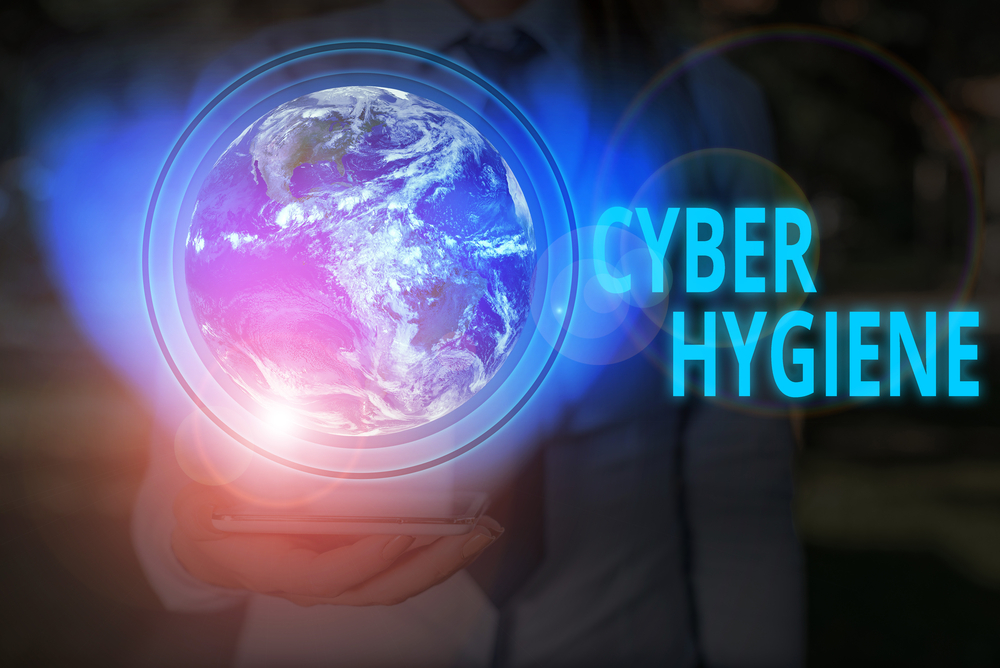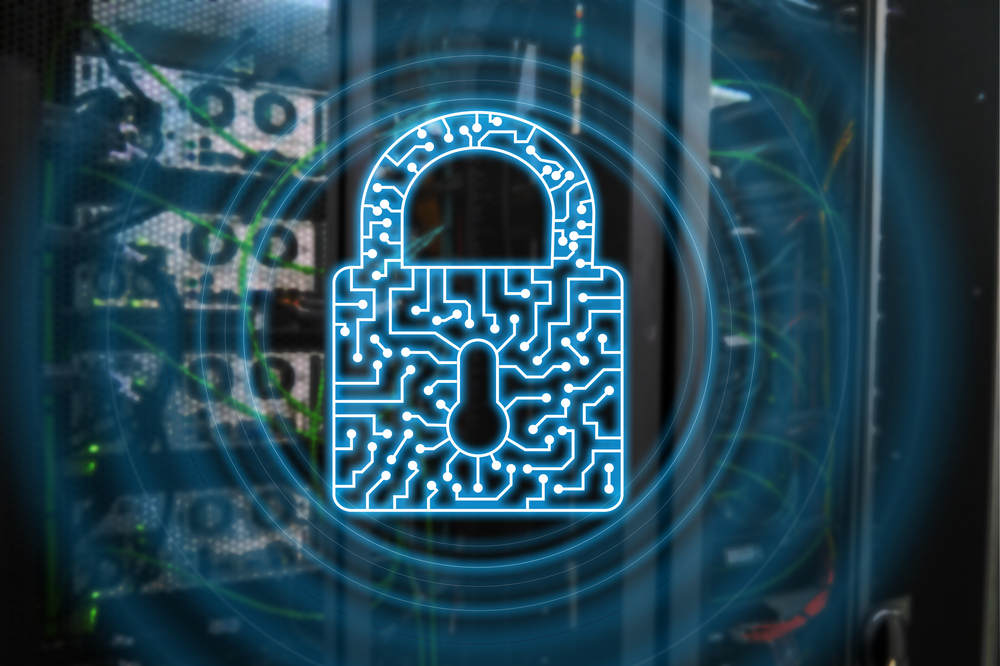Mark Burkhard becomes new KKPKS President
The new president of the Conference of Cantonal Police Commanders in Switzerland (CCPSC) is Mark Burkhard. He succeeds Stefan Blättler. Mark Burkhard in a short interview.

© KKPKS
The KKPKS elected Mark Burkhard as its new president at its annual meeting on November 3, 2020. The graduate economist and IT engineer has been commander of the Basel-Landschaft police since 2013. Until now, as a board member of the KKPKS, he also led the projects for the harmonization of Swiss police IT. He is looking forward to the new challenge, says 56-year-old Mark Burkhard: "I want us to continue to provide high-quality police services for the population. This requires good cooperation between the police forces and their partners across the corps and cantons." Furthermore, it is important "that we do not lose touch with technological developments in the field of crime," says Burkhard.
Three questions for the new man at the helm of KKPKS
Terrorist attacks in France and now also in Vienna: What does this mean for Switzerland's security?
Burkhard: The terrorist threat has also been heightened in Switzerland for some time. Following the recent attacks in neighboring countries, the situation in Switzerland is also being reassessed on an ongoing basis. Based on this, the security arrangements in the cantons are reviewed and, if necessary, additional measures are taken, such as increasing the police presence in public areas.
What are your most important challenges in 2021?
Burkhard: The primary task is to deal with the consequences of the Corona pandemic. Depending on how the situation develops, the police will be called upon to do more or less. However, other developments can change this focus at any time, as the attacks in France and Vienna show. In addition, the police are making great efforts to combat the rapidly growing cybercrime.
Where does Switzerland stand in this respect, and where do you, as CCCP President, need to set priorities in cyber security?
Burkhard: To combat cybercrime, the Swiss police corps have founded the "Network for Combating Digital Crime" (NEDIK). The federal government and all cantonal police forces work together in this network. They monitor crime trends, agree on their areas of activity and coordinate joint actions. This cooperation must be further consolidated and expanded. In addition, it must be better communicated to the public what efforts the police corps are already making in the fight against cybercrime.
Interview: R. Strässle
Stefan Blätter in office since 2014
Mark Burkhard succeeds Stefan Blättler, commander of the Bern Cantonal Police. The 61-year-old looks back on an eventful presidency. At the end of October 2014, he was elected President of the CCPSC, shortly before terrorist attacks in neighboring countries had a lasting impact on the security situation in Switzerland and thus on police work. And the Corona situation in his last presidential year had also challenged the Swiss police corps and the CCPCA. Milestones during his presidency were reached, among others, with the introduction of the new overall educational policy concept Police 2020 as well as the formation of the Network Investigation Support Digital Crime Fighting (NEDIK) in 2018, as the press release of the Conference of Cantonal Police Commanders of Switzerland concludes.

















